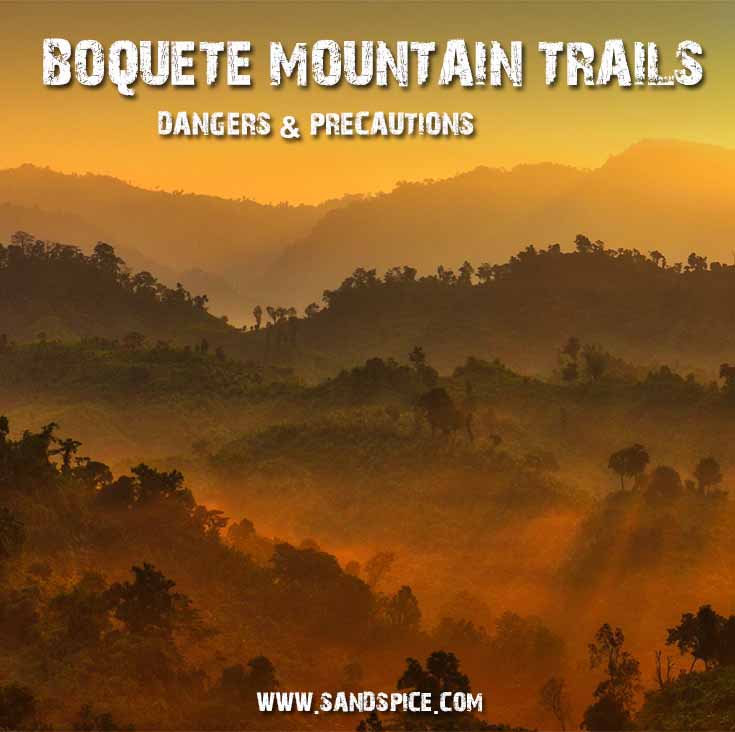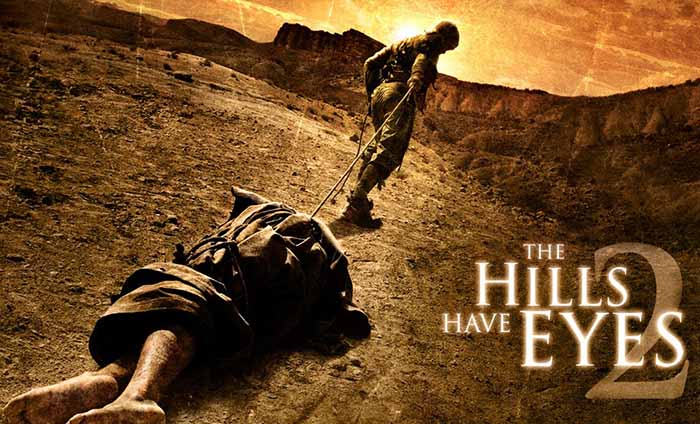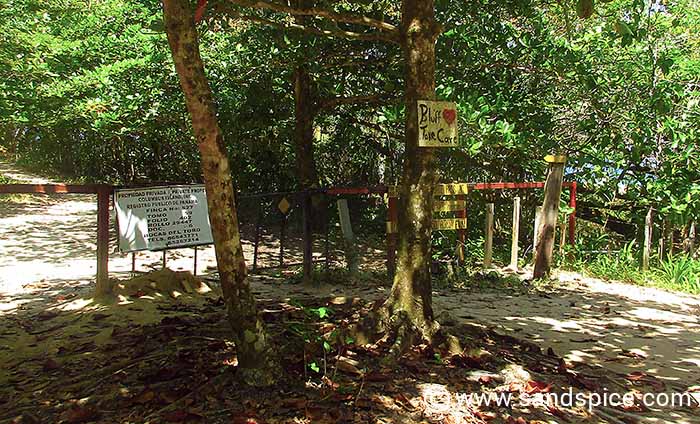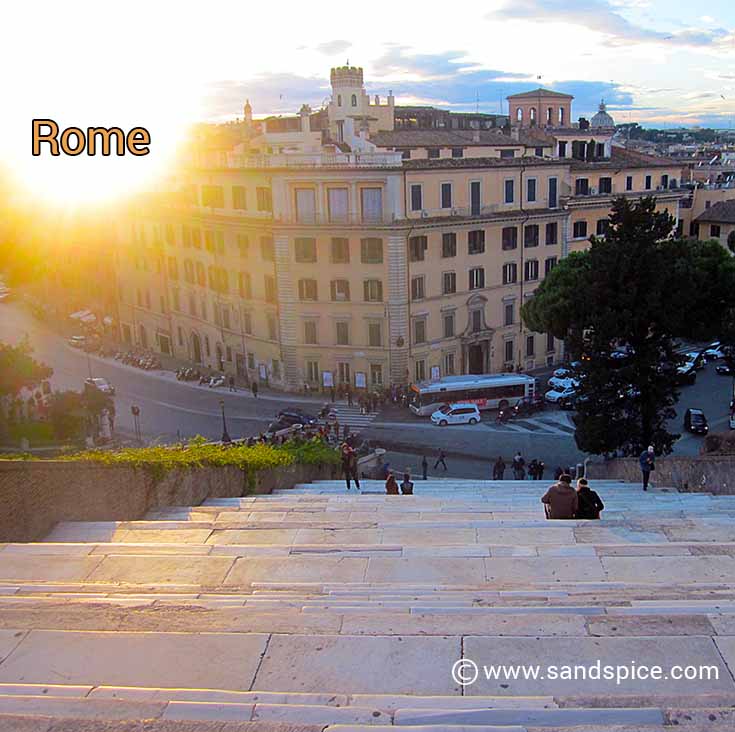
Boquete Mountain Trails 🥾 Dangers & Precautions
When the name Boquete is mentioned, one immediately conjures up visions of steaming coffee, rolling green hills, and that particular brand of jungle chic that seems to attract the more adventurous among us. It’s certainly got the lot: the breathtaking vistas, the air so clean it practically snaps, and trails just begging you to strap on your boots and find out exactly how unfit you’ve become since that last proper hike.
But we’d be remiss to skip over the fact that these dramatic Panamanian mountains hold a rather dark, un-brochure-esque underbelly. I’m not saying we should stay indoors clutching a cup of the local brew; I’m saying we need to stop pretending that an ‘exhilarating expedition’ doesn’t occasionally translate into a highly inconvenient brush with the truly sinister.
We can admire nature’s wonders and simultaneously be smart about the less friendly elements lurking in the shadows, can’t we?
Highlights
- The Allure & the Alarm
- The Essential Takeaway 💡
- 👁️ Staying Informed & Safe
- Waterfall Rappelling in Boquete
- Coffee Tours in Boquete
- Ziplining in Boquete
- Hotel Central, Boquete
- Hotel Deals in Boquete
- Our Complete Panama Itinerary
The Allure & the Alarm 🚨 What Lurks on the Trails
The trekking around Boquete is undeniably brilliant—a serious draw for anyone who considers a three-mile walk a warm-up. These trails, winding through the cloud forest and scaling peaks, offer an escape off the beaten path. And boy, do they deliver on that front.
However, before skipping off into the distance whistling a cheerful tune, you may first want to take into account some recent and not-so-recent incidents.
Because, while the tourist board is naturally keen to keep the narrative centred on how stunning the coffee plantations are, some events simply refuse to be swept under the mossy rug.
The reality for budget-conscious wanderers in Panama is that risks exist outside the expected urban danger zones of, say, Colon or Panama City.
It’s a bit rich, isn’t it? You escape the city smog for a bit of rustic tranquility, and still have to keep one eye over your shoulder.
The Missing Backpackers 🎒 A Cautionary Tale
The case that many nervous backpackers covertly research is the grim and confounding disappearance of two young women on the Volcan trail back in 2014.
The official line is as clear as mud, which, naturally, leaves the rumour mill working overtime. Did they slip and tumble into a crevice? Were they victims of a botched drug deal? Or was it something entirely more primal, like an encounter with the local wildlife?
We know the police search was frustratingly sparse, retrieving little more than some personal items and a few bones. Months later, when some indigenous locals eventually handed over a bag containing the remains of the two girls, plus the remains of three other unidentified people, the entire affair became impossibly murky.
The case was quietly shelved. We can only assume the delicate ecosystem of the local tourism industry took precedence over forensic rigour. A cynic might observe that a few unsolved, gruesome murders don’t look terribly good on a promotional flyer.
Isla Bastimentos Beach Walk 🏝️ A Shady Stroll
Fast forward a few years to early 2017, and we find ourselves dealing with another incident: an American tourist dragged into the jungle near the Red Frog trail, not far from Bocas Del Toro. Another murder, another tidal wave of speculation. The FBI was even drafted in.
When we pitched up at Bastimentos a mere three weeks later, the atmosphere felt less ‘chilled beach vibe’ and more ‘passive-aggressive security alert’. We were greeted by billboards instructing tourists not to bring valuables onto the trails.
This, naturally, led to a frantic internal debate: did this mean we’d be mugged for the camera hanging around our neck? Or did it mean something altogether more permanent?
In the end, we reluctantly deposited everything bar a basic camera at our guesthouse. And, oh, the irony. Our abode, ‘The Ushuaia‘, possessed a window that absolutely refused to lock and faced directly into the dense, brooding jungle. We suspected that leaving our belongings there was perhaps a greater gamble than taking them with us.
A truly absurd catch-22.
The Path to Wizard Beach 👮 A Police Checkpoint
Venturing out from Bastimentos town, we embarked on the jungle trail towards Wizard Beach—a name that, in this context, sounded less whimsical and more like a dire warning.
Barely a couple of hundred yards in, we passed two policemen who were, quite casually, photographing every person who entered the trail.
Reassuring… or utterly alarming?
There were another couple of officers near the trail’s end. During the roughly thirty minutes of walking in between, we didn’t encounter a single soul. Not a one. It was just us, the dense foliage, the heat, and the distinct feeling of having been quietly logged into some police database.
Bluff Beach & the Witching Hour 🌙 Don’t Get Caught Out
On Isla Colon, the beach notices were even more specific, instructing tourists—for their personal safety, mind you—to avoid the beaches before nine in the morning and after five in the afternoon. A tight window for proper beach lounging, if you ask me.
Of course, due to a logistical mishap, one evening we found ourselves performing an unplanned, wholly unwelcome hike back along a jungle path in pitch darkness. The path was barely visible, the sounds of the night were amplified tenfold, and it was a genuinely creepy experience.
Even during the day, the police presence around the town and beaches was, shall we say, pronounced.
Essential Takeaway 💡 Keep Your Wits About You
So, what are we to glean from all this? Is Panama a no-go zone? Of course not. It’s safe, generally, but it demands a certain level of savvy.
The golden rule, which seems to apply with greater relevance here than in many other places, is this: Take especial care when travelling in Panama at night, on or off the beaten path. And ideally, don’t travel alone after dark.
It’s tedious, I know, but avoiding the shadows is the first line of defence. Petty crime has an uncanny knack for flourishing in poorly lit, deserted areas.
Vigilance is Not Optional 👁️ Stay Informed & Safe
You should schedule any proper adventuring—sightseeing, market browsing, trekking—during daylight hours when there are other folk about. This isn’t just about safety; seeing where you put your feet is a generally good idea, especially when faced with Panamanian terrain.
If you absolutely must move after the streetlights flicker on, call a proper, reputable taxi.

Boquete – The infamous ‘ghost house’
Staying Out of Trouble 🛑 Practical Precautions
Here’s the checklist that we found essential for keeping the minor mishaps to a minimum and avoiding the truly major ones:
-
Daytime Dominance: Schedule your proper outdoor activities for the day. We find crowds, even small ones, rather comforting if the alternative is utter isolation.
-
Reputable Rides: If moving after dark, use an established, well-known taxi service. Don’t wave down the nearest anonymous vehicle. Your life is not an impromptu hitchhiking adventure film.
-
Stick to the Glow: Keep to the well-populated and well-lit areas, particularly once the sun dips.
-
The Un-Flashy Approach: Be vigilant with your belongings. Don’t saunter about wearing what looks like the contents of a jeweller’s window, or brandishing the latest, biggest electronic devices. Subtlety is your friend.
-
Essential Documents Only: Carry copies of your identification. Leave the original passport and main valuables locked away in your accommodation’s safe. We had a minor panic attack over a lost photocopy; imagine the sheer administrative agony of losing the original.
-
Do Your Homework: Stay informed about the current security situation in the regions you plan to visit. Check the latest travel advisories from official government sources before the trip, not when you’re halfway up a lonely mountain trail.
A bit of preparation prevents a whole mountain of regret. Now, go find a sturdy pair of boots, and try not to become another local legend.
If you enjoyed Boquete Mountain Trails, check out our Panama Roundtrip. You may also like:
Spice up your inbox…

… with discounted hotel deals, cost-saving travel itineraries and SandSpice escapades! 😉











